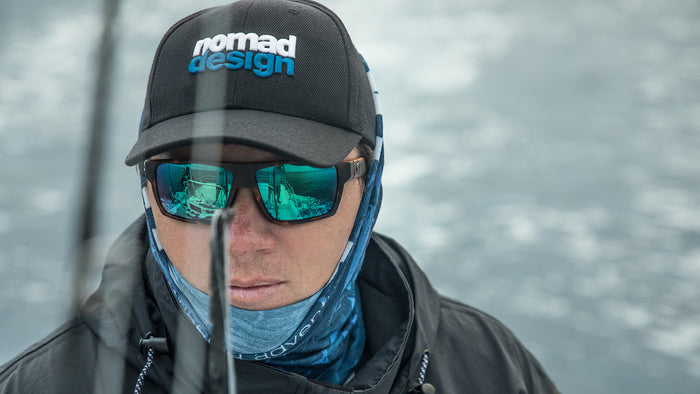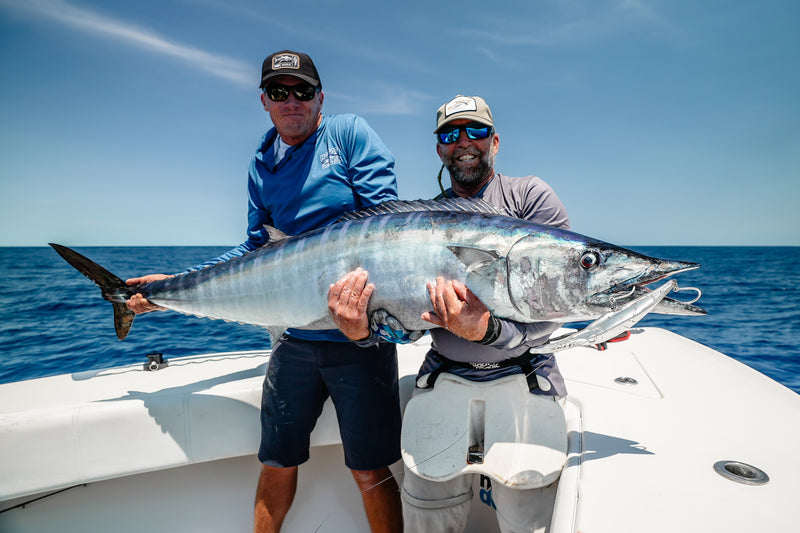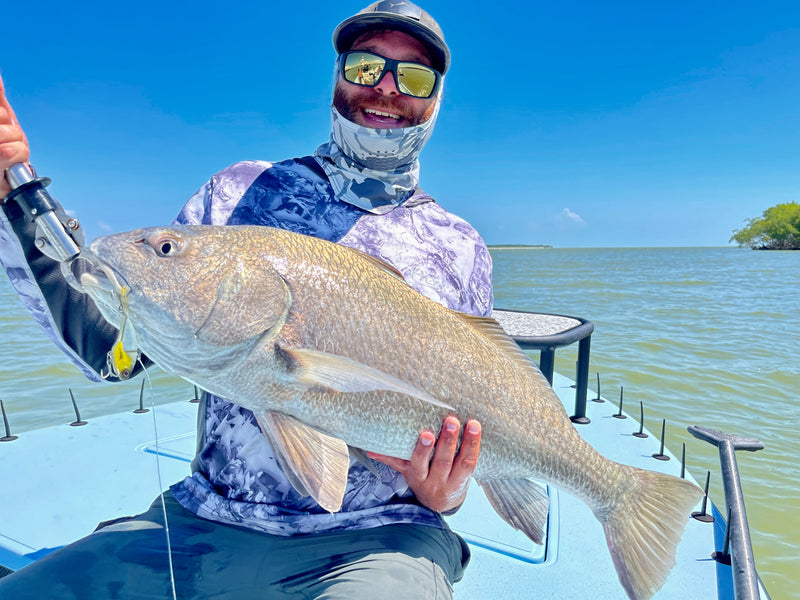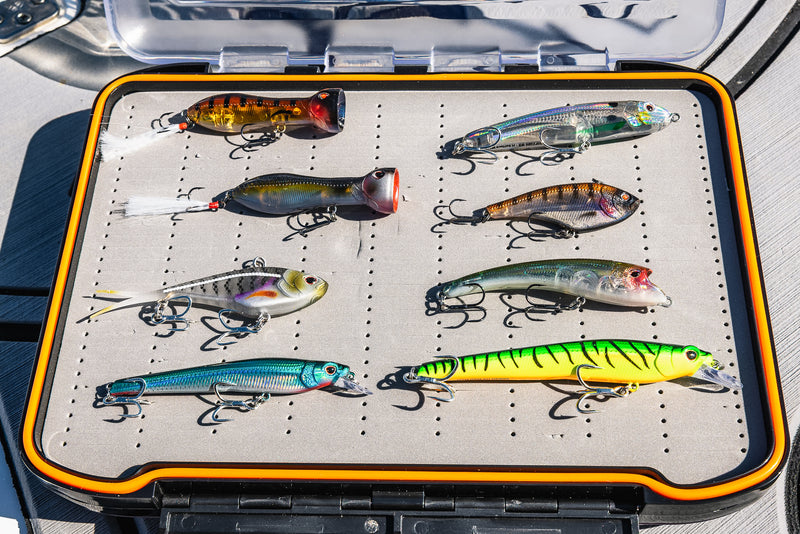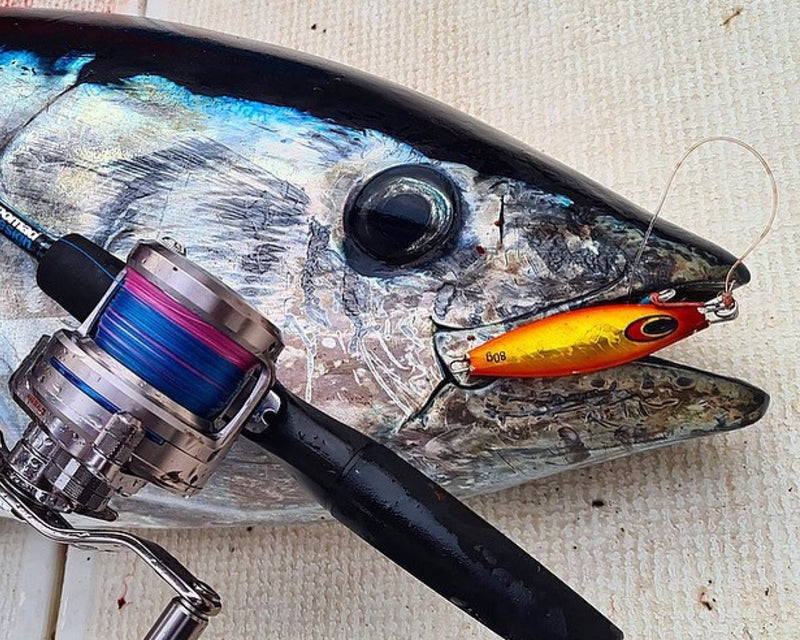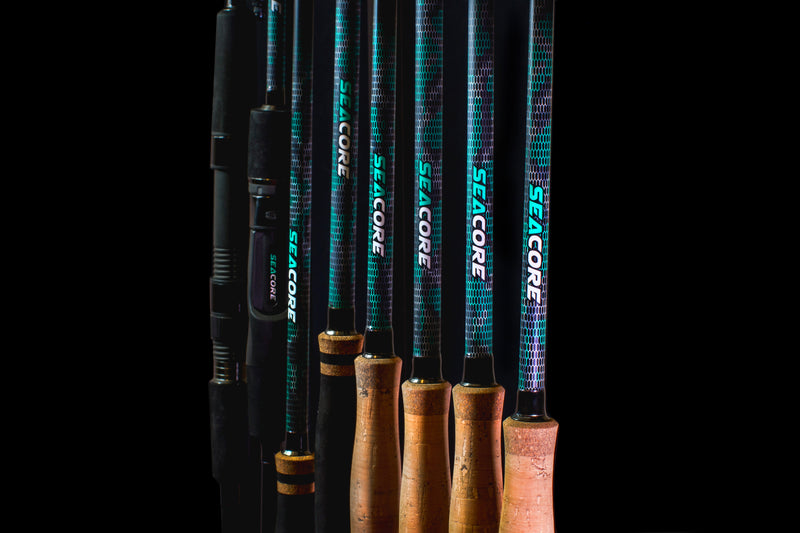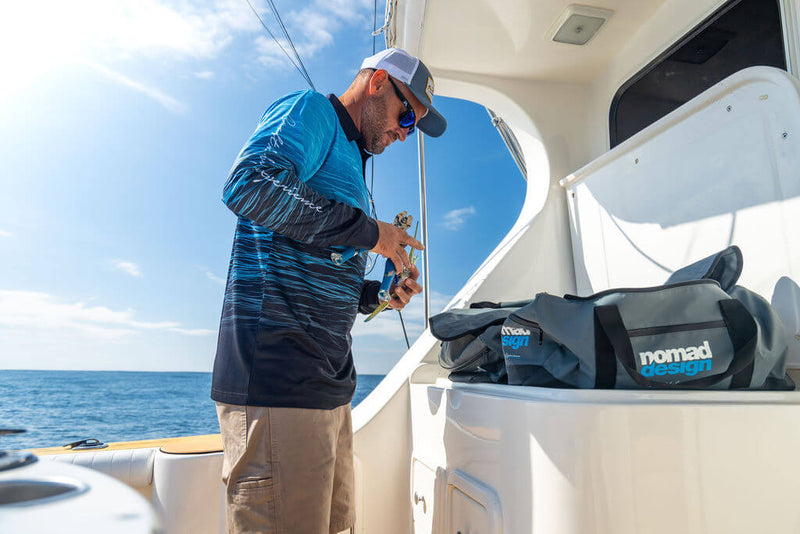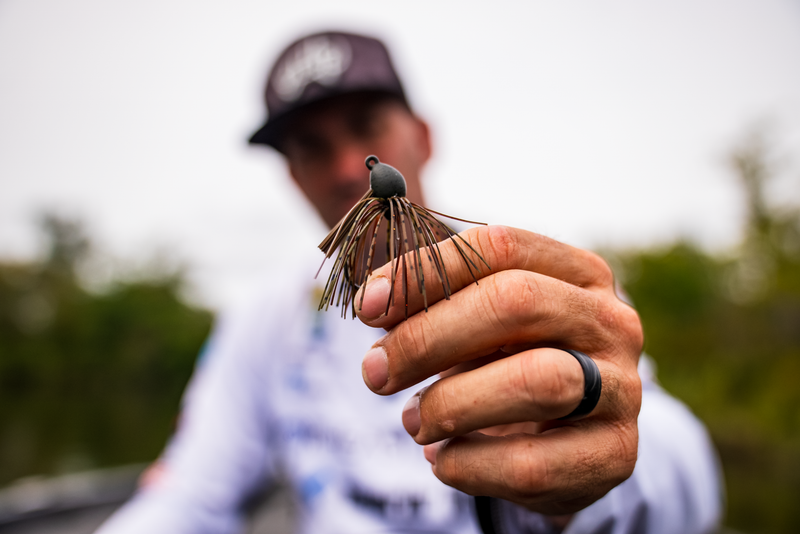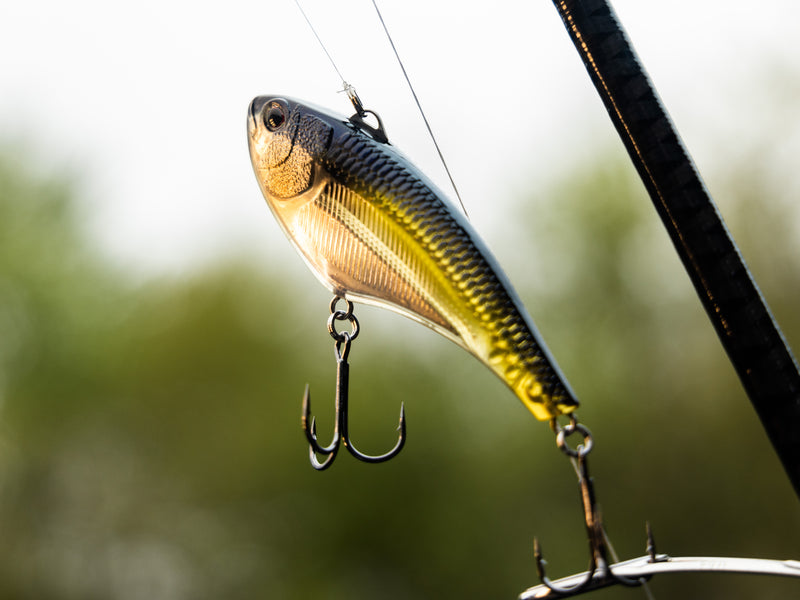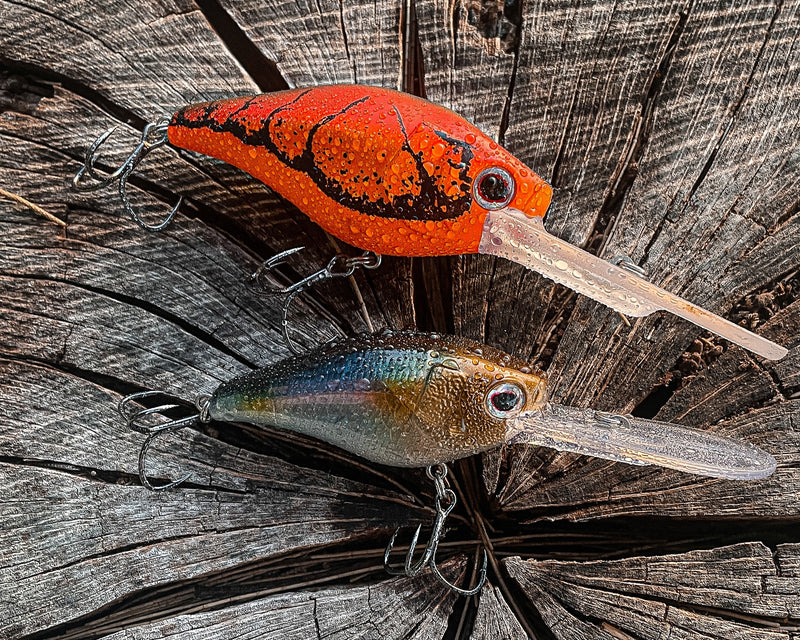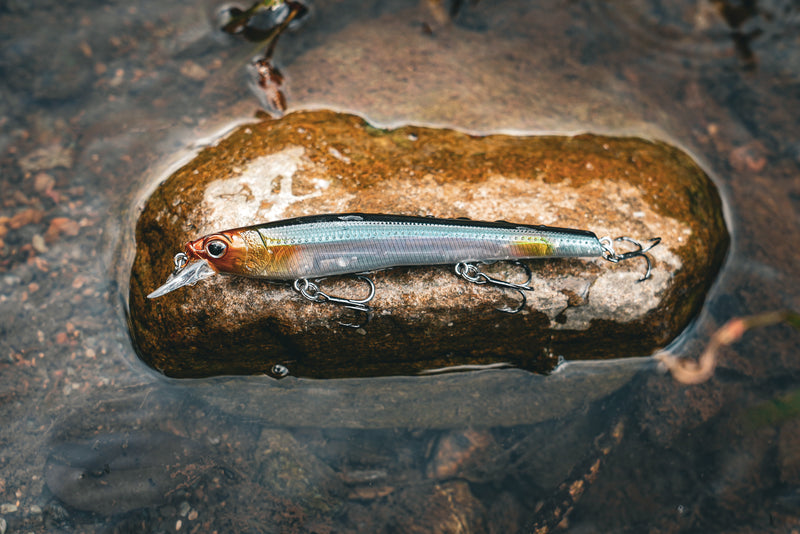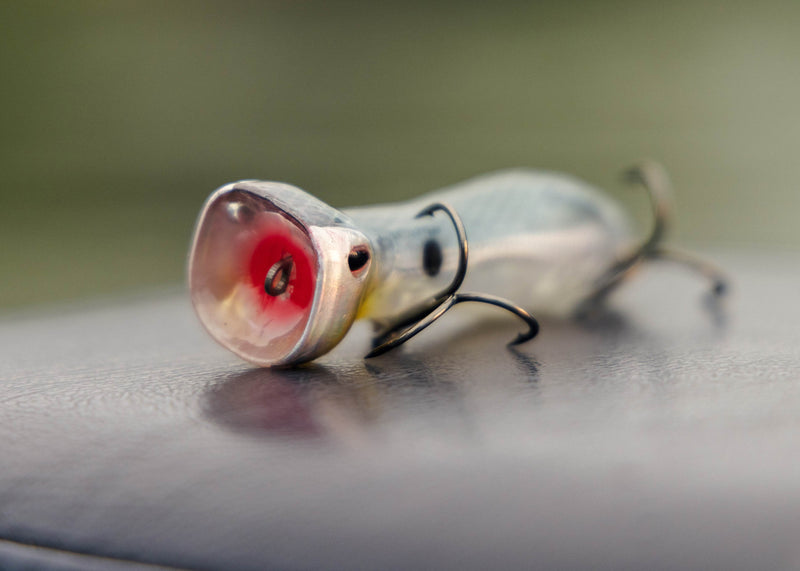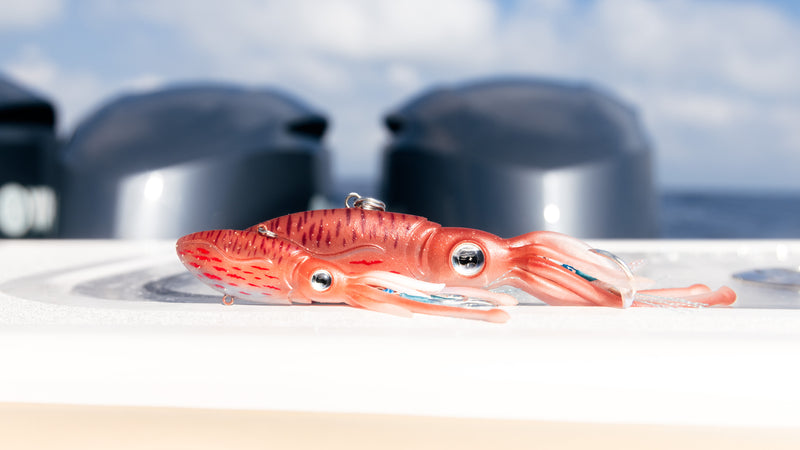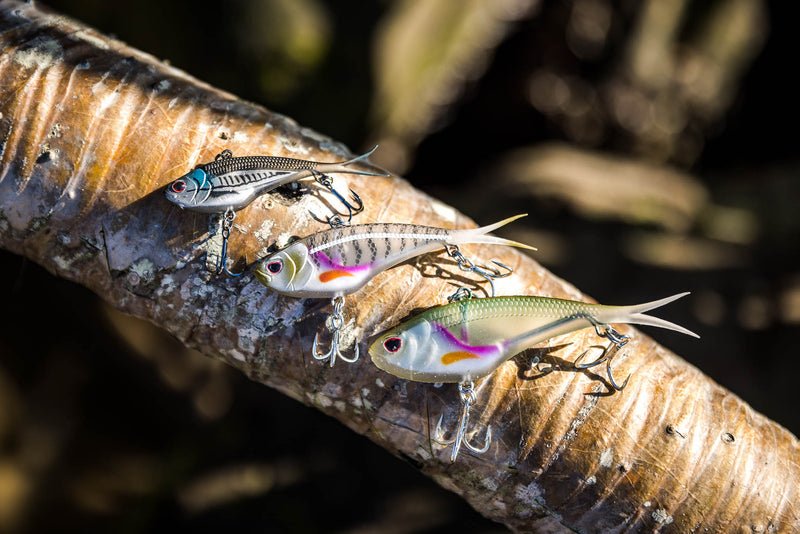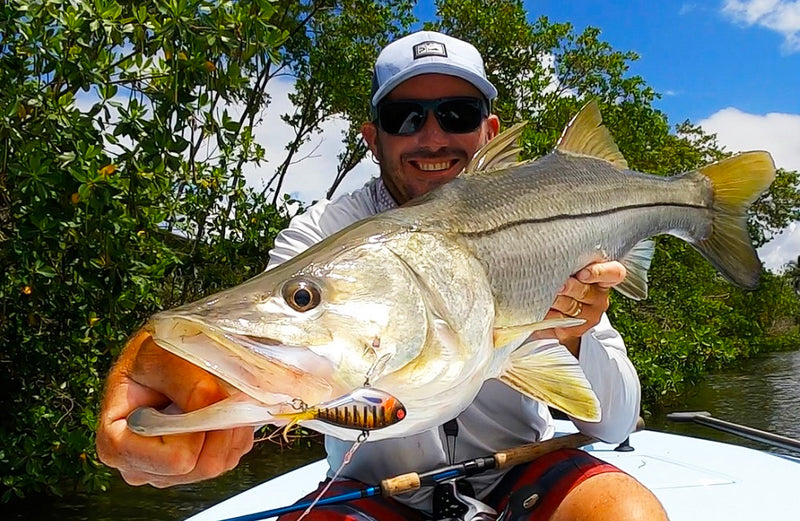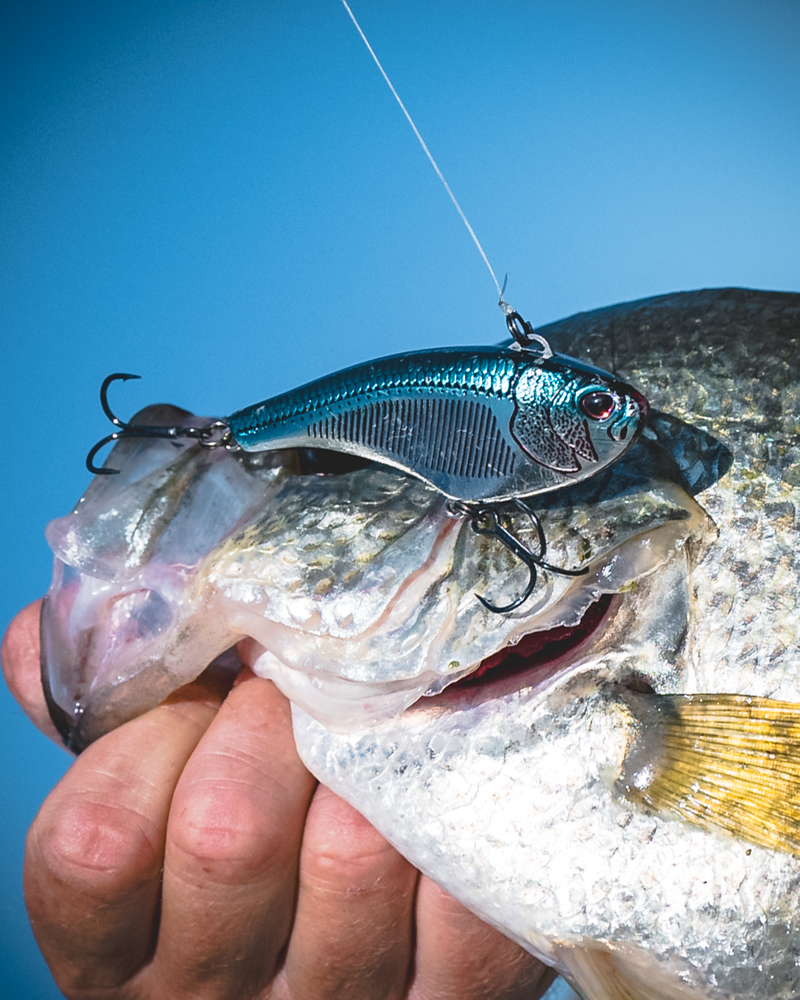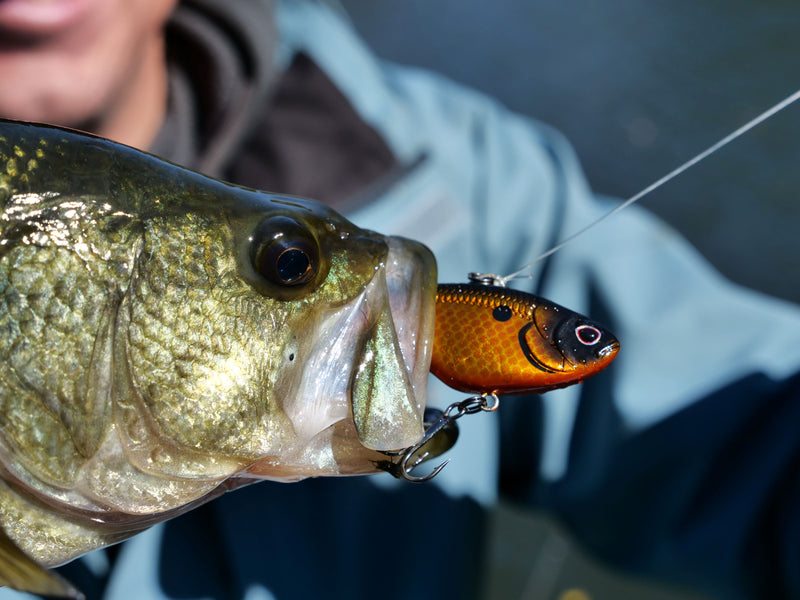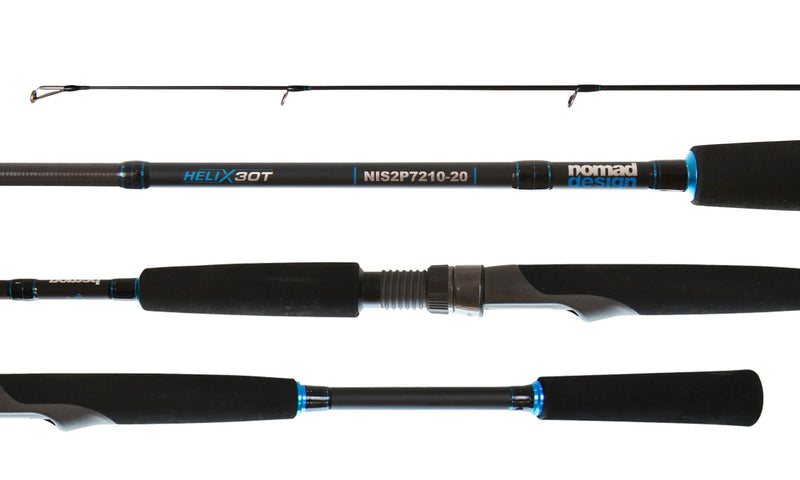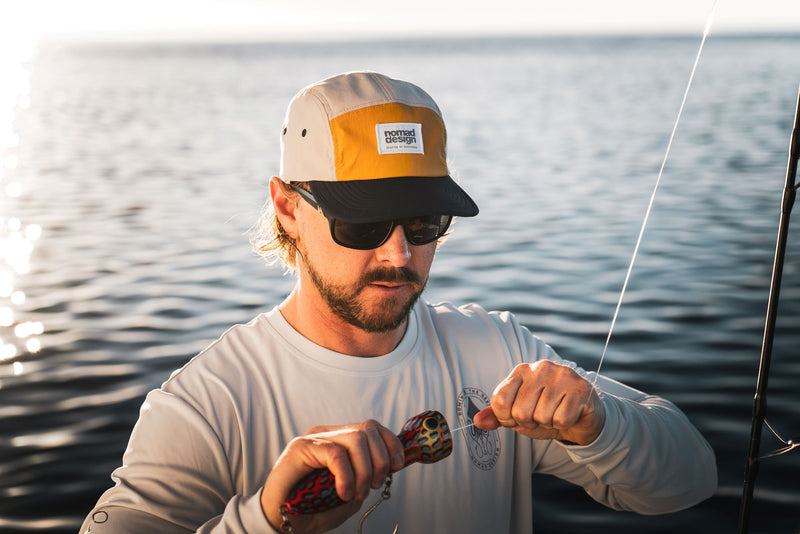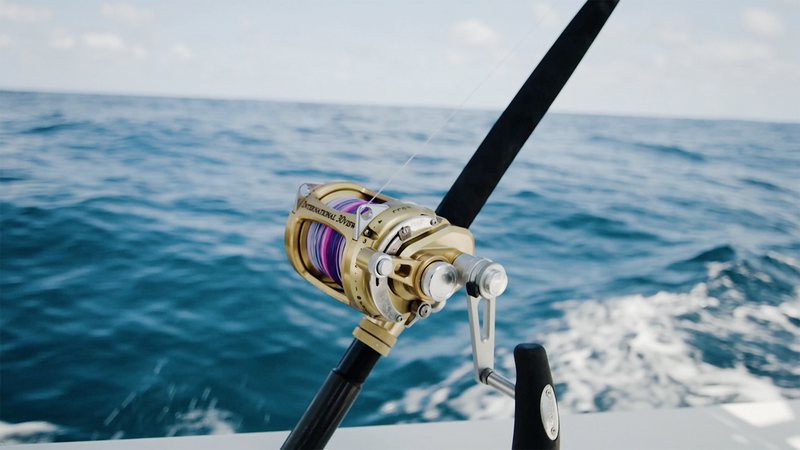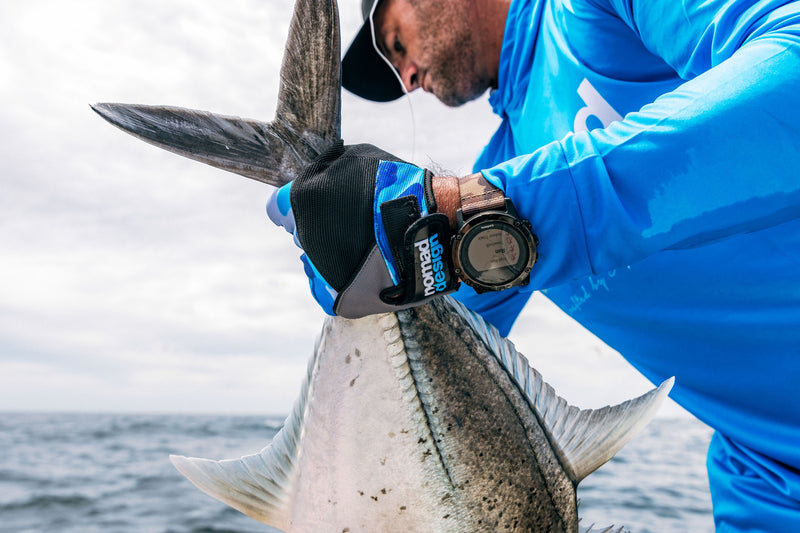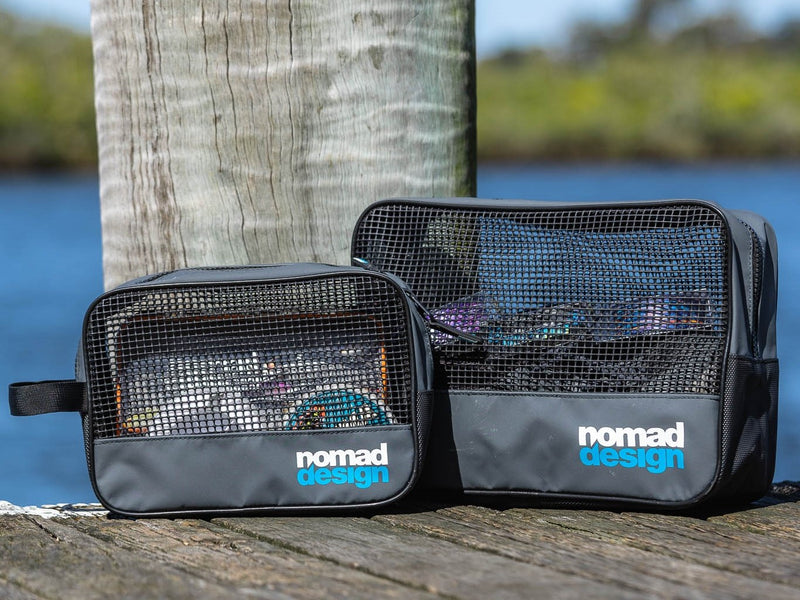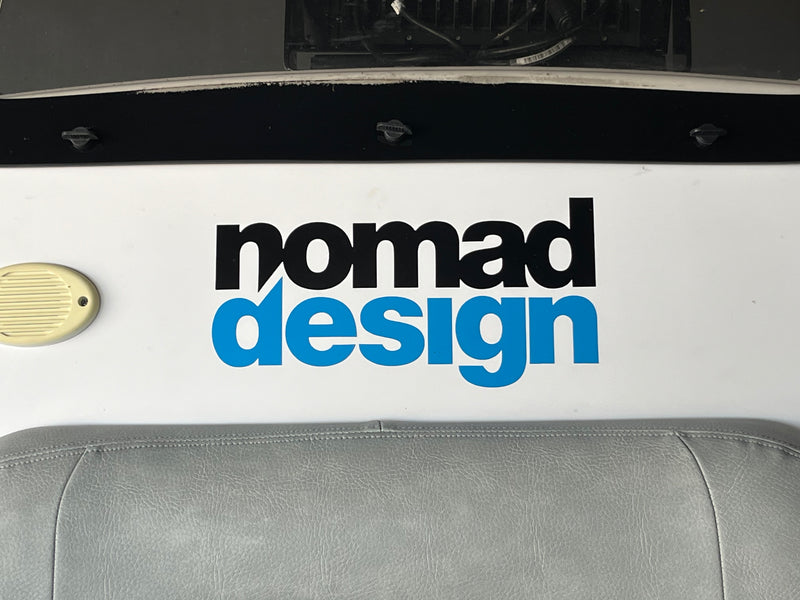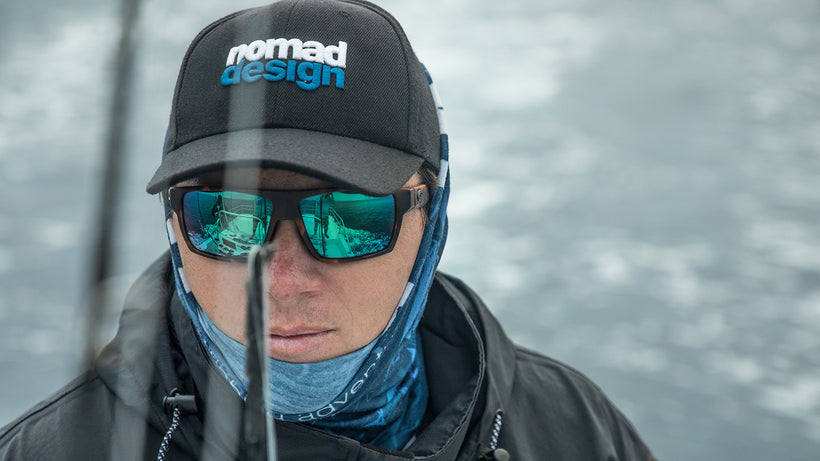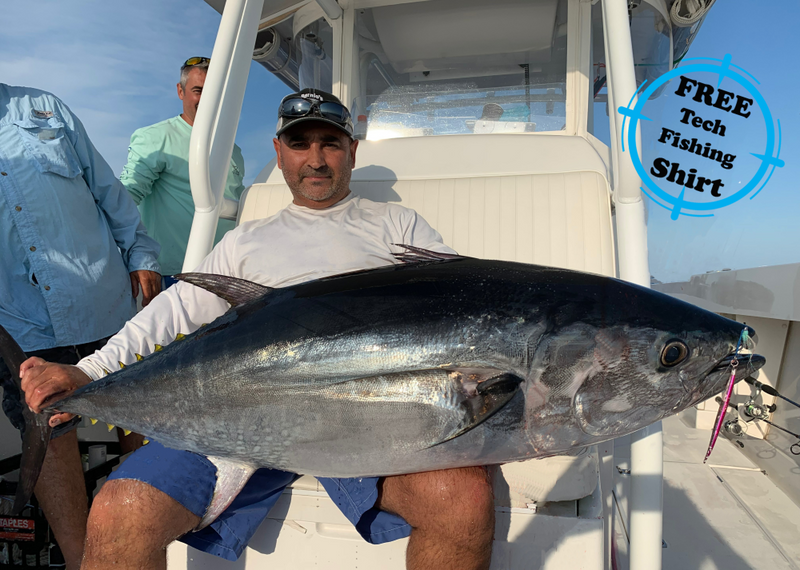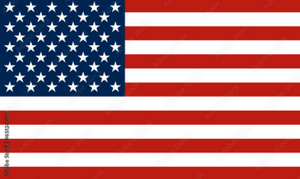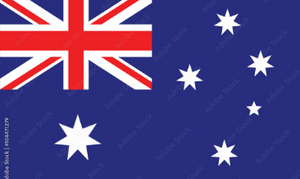Trophy Redfish Lures for Topwater Excitement!
The Redfish is America's most exciting Inshore Trophy Gamefish. And few would argue Topwater Lures for Redfish is the ultimate way to catch giant Bull Reds. Many anglers don't use Topwater Lures to their full potential. Nomad has some tips and tricks to throwing Topwater Lures at Redfish to take your topwater game to the next level.
Nothing is more exciting in shallow Inshore Gamefishing than a Topwater Lure strike from a Bull Redfish. Seeing the fish rocket up towards your lure and blast it on top is a heart-stopping experience that should be enjoyed by any serious angler. Being able to see the strike and then feel the immediate tug and scream of the drag is enhanced by being able to witness how a Redfish takes its prey. We put together a guide for Redfish Lure Fishing with Topwaters. We hope our tips and discussion helps you hook up in the most exciting way to one of the most exciting species!
Fishing for Redfish with topwaters can be challenging. Many conditions disqualify it as a solid Redfish presentation quite often. Also, the Redfish’s mouth is in a downward orientation. Unlike other premier Inshore Gamefish like Striped Bass that have a bucket mouth that can scoop huge baits in the very top of the water column, Redfish mouths are shaped different and made for rooting downward after crabs, shrimp, and other mollusks. But we know they love to eat baitfish as well and can go after proper sized baits higher in the water column. You will not witness any ariel topwater acrobatics, but you will see the chase and the take and that famous huge swirl of water when the predator hits its prey.
There are some very good Topwater Lures available that haven proven the effectiveness of the genre. Skitter Pops, Heddon Spooks & other Topwater Twitchbaits, Yo-Zuri Pencils, and chugging type baits like Nomad Design’s Chug Norris. Skitters slide across the water diverting water with its shallow cupped face. Spooks have no cupped face and look like a hot dog that twitches back and forth in what’s known as a Walk-the-Dog presentation. Chugging little neck lures are perhaps the oldest type of topwaters. Sporting a large cupped mouth, a thin neck, to an extended body gives these types of lures several presentation opportunities. Nomad’s Chug Norris is adopted from Big Game Offshore Sportfishing and can withstand savage hits from monster offshore fish the world over. Nomad downsized their Chugging brute of a lure and its PERFECT for Redfish.
Let’s face it no matter how cool, it can be challenging to get a fish to hit on top if you are not fishing the right conditions. Some reasons would be high sun, high wind, and colder water. All fish need safety. Redfish growing up in shallow wide-open estuaries are very wary of death from above. They are hunted relentlessly by birds from the time they were fry. Clear shallow water and bright sun means they are easily spotted from above so even the biggest fish will be conditioned to be skittish in the shallows on a sunny day. High wind will also hinder a topwater bite. Inability to work the lure due to waves and difficulty hitting your precise cast which you need on a topwater usually mean wind is a no go for topwaters. Also the topwater bite means the fish are in feeding mode. Redfish will chase prey and sometimes even death from above gets forgotten as they get all fired up in the heat of the moment. If fish are in an inactive mode, topwaters can be easily ignored by Reds. Lastly, when water temperatures drop Redfish can get lethargic. If it is winter or a major cold front has come through there are better lures to entice inactive Reds into biting. A cold front is a triple bad whammy as you get dropping temperatures, with wind, and bright blue-bird skies.
So, when DO you fish a topwater lure for Redfish? The early morning hours and early evening hours are prime time. Even on a day with wind and sun predicted the winds don’t usually crank up until after sunrise and winds can fall as the pressure gradient eases as the sun sets. The low light relaxes the Redfish’s fear of airborne predator. Also, their prey baitfish need a period of an hour or so to acclimate to the dark and Redfish’s eyes acclimate instantly like a human and other predator species. This means calm flat water, comfortable fish, with a disoriented prey. Ring the dinner bell! Other times are days with fog and low wind where the calm low light conditions last well past sunrise and sunset. Also days with extreme tides that move more water than normal up onto the grass flats and flushes bait into the water. Lastly if there is an active baitfish migration or spawn that Redfish are taking advantage of and are attacking. A topwater lure thrown into a frothing blitz is about as good as it gets.

Redfish have a huge range. From south Texas all the way to Delaware they roam the inshore shallows. Big Redfish spawn at different times of the year based on geography and they move out to bigger water normally out of inlets to near shore areas, but most of the year they like to be in the Estuaries and flats in the back setting up ambush points near drop offs, grass mats, oyster beds and other structure and cover. These are the places to use a chugging topwater lure like the Chug Norris. These inshore estuaries are a massive nursery for all sorts of marine and avian life. Winding channels, huge flats, grass matted ponds covering oyster beds will find the natural ambush predator Redfish waiting for its next meal. When its calm and quiet a careful cast to the right spot with a Topwater lure will draw a powerful strike.
Despite their big shoulders and potential large size you can enjoy a Topwater bite on surprisingly light tackle. The key is to choose equipment that will allow you the most success in precise casting. Unless you are casting into the middle of a very rare Redfish blitz, accurate and subtle casts are a must. More on that in a second. Some anglers like baitcasters and some prefer spinning gear when it comes to distance and accuracy casting. Good news is either works great for Redfish. Quality baitcasters only please in the 150 size with great drags and gearing. Daiwa Tatula 150 is a great example. Spinning reels in the 5000 size and even 4000 size with a high end spinner like the Shimano Saragossa have the drag and spool capacity to outmatch inshore Reds. Rods are also a personal preference, many anglers keep right in the average range of 7 foot. Med to Med Heavy and something with a forgiving tip and parabolic action like Nomad Designs Inshore 7’2” 10-20 lb is perfect. Braid is essential with topwaters since there is no line stretch like with monofilament and you do not need large sweeps to affect the lure. We tie an Alberto knot to 20 through 50 lb Mono leader. Try to avoid using clips on Topwaters as they affect the action. Tie a loop knot instead.
Fast forward. You are set up on the perfect area, with just the right conditions, and perfectly rigged lure the table is set. Are you ready? When you look at the area you are fishing think like a Redfish. Ambush. Points and intersections of channels are easy to identify. Depending on tidal flow at the moment set up on the down tide position. It is VERY important to cast far above or beyond the actual strike zone. A splash or a direct hit on the spot will spook the fish. Cast as far past as possible and try to keep the line up off the water directly over the ambush spot. Let your topwater lure sit motionless as long as you can. All topwater lure styles are worked differently. The easiest is the chugging style like the Nomad Chug Norris.

The beauty of the Chug Norris is the shape of it’s cupped mouth. Most chugger are round. Chugs are square and have subtle corners inside the mouth.

This captures more water on the pop accomplishing two things. It throws more water and in a different splash pattern than your uncle’s topwater and it allows the Chug to travel very incrementally and slow if you feedback slack after the pop. As you approach the strike zone you identified, make sure you have contact with the bait and begin popping the lure. The general rule of thumb is the quieter the setting, the slower and more subtle the pop. You also want to try and maximize the amount of time the lure is in the strike zone. This is where a good chugging bait like Chug Norris can make big splashes with subtle movements. Next step is to hang on.
Try different styles if you don’t connect right away with a chugging bait. A spook type bait would be a good next choice. Mix up retrieve speeds and angles of approach to the strike zone.
Our biggest tip for Redfish is to practice. The enormous range and a habitat that could never fully be explored by one man in a lifetime mean you have endless chances and places to chase these beasties. We discussed how awesome topwater lure fishing for Redfish can be. We covered different styles of lures and made some suggestions. Hopefully the information on places, tackle, and times to fish for Redfish was helpful. If you like what you read and would like to see more info on Redfish Lure fishing we invite you to peruse our other Redfish Blogs and more in our Experience section. If you have any questions, comments or corrections feel free to reach out to teamnomad@nomadtackle.com
